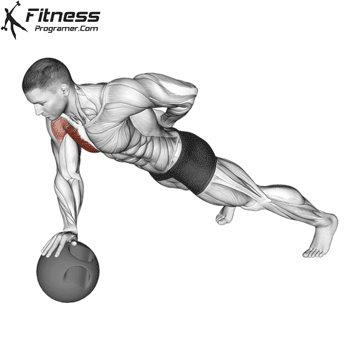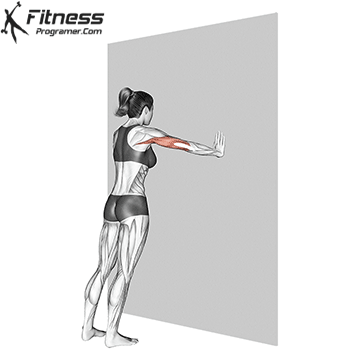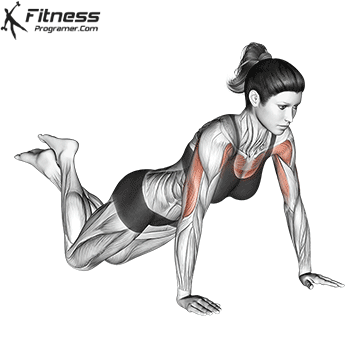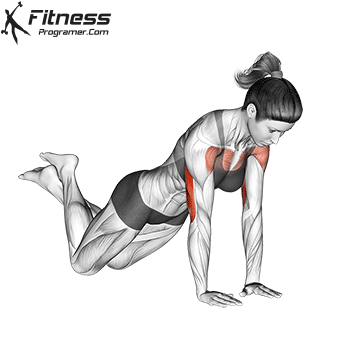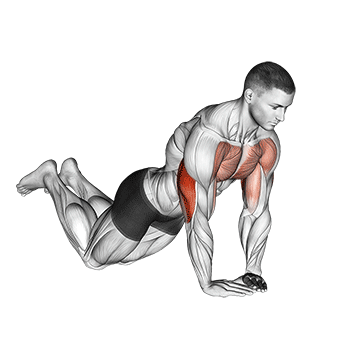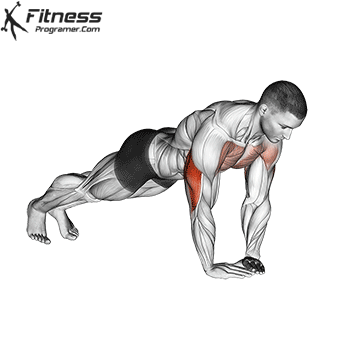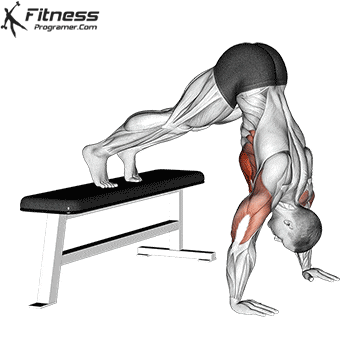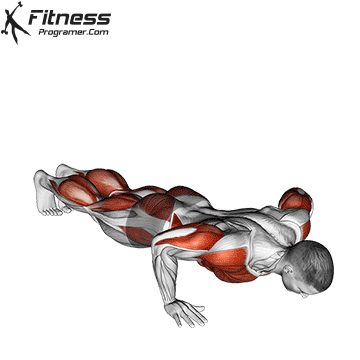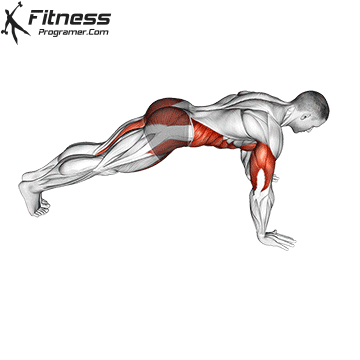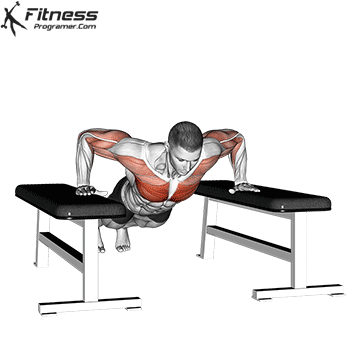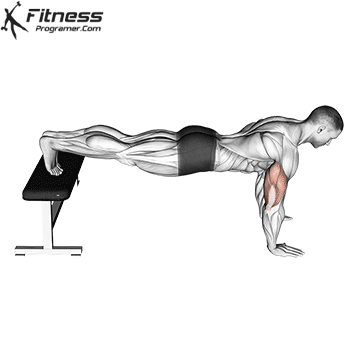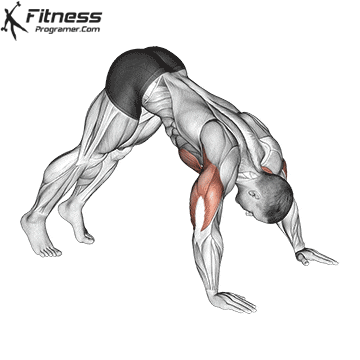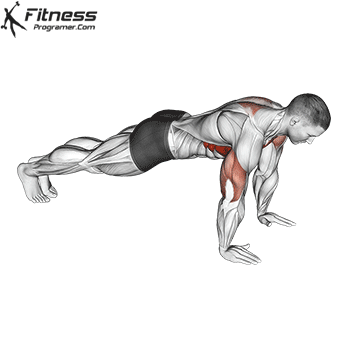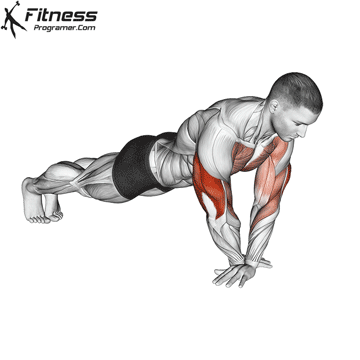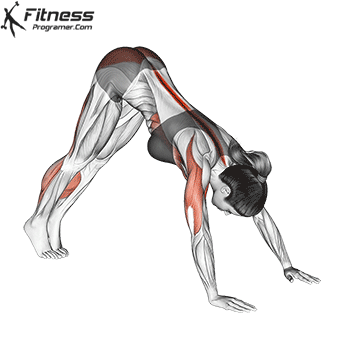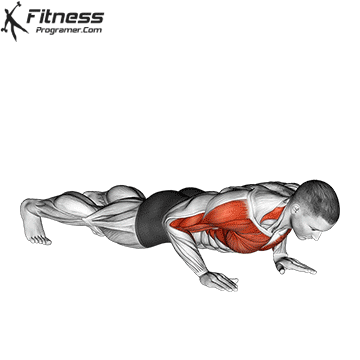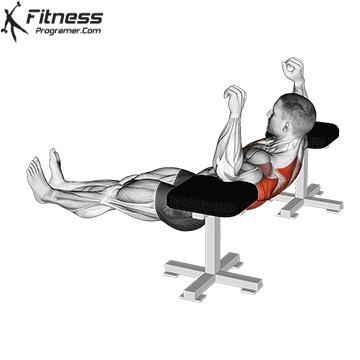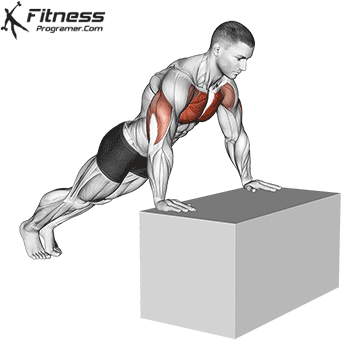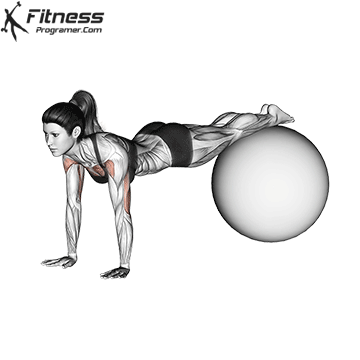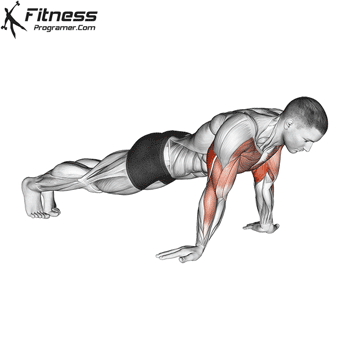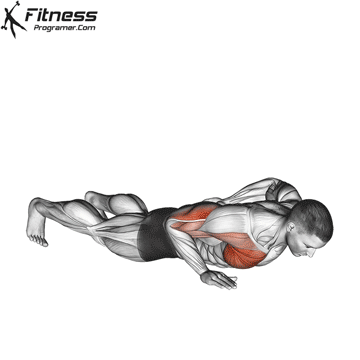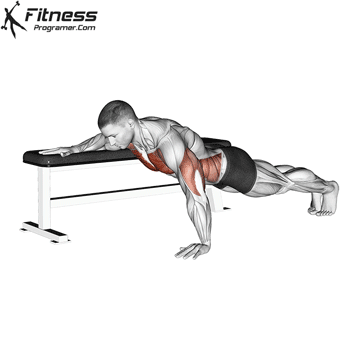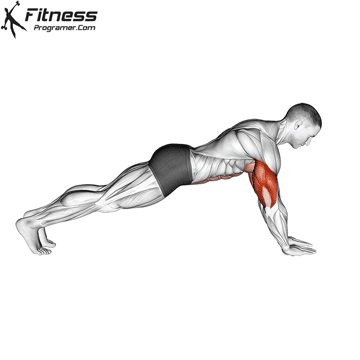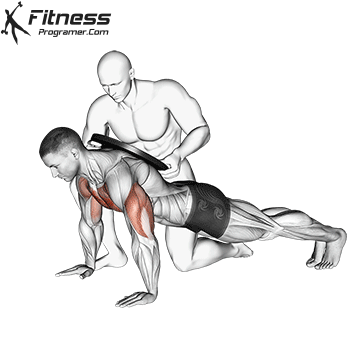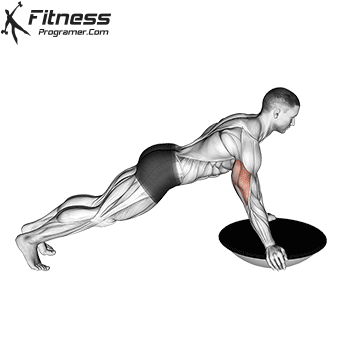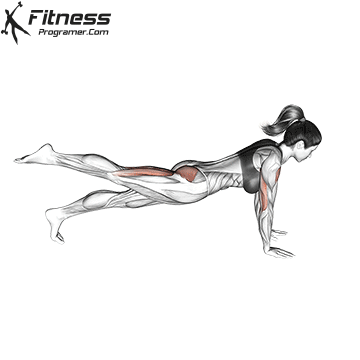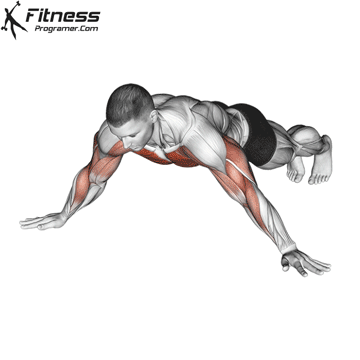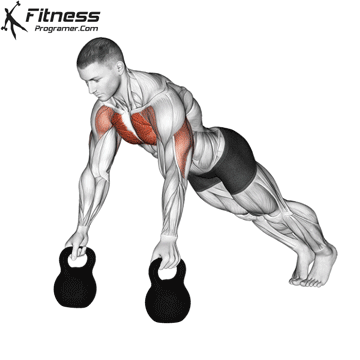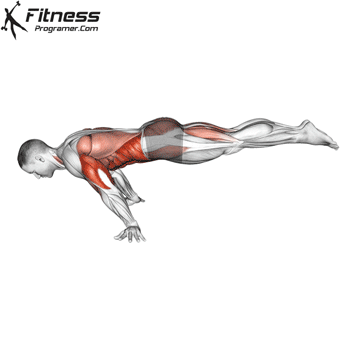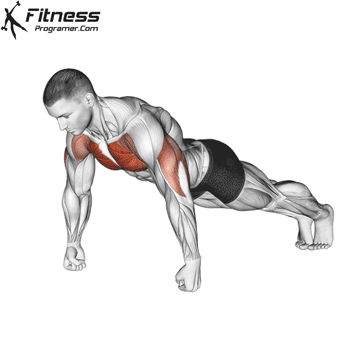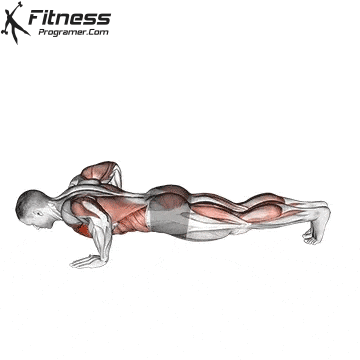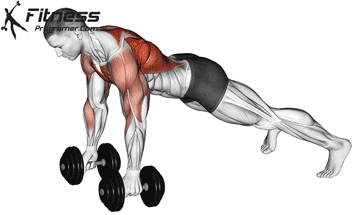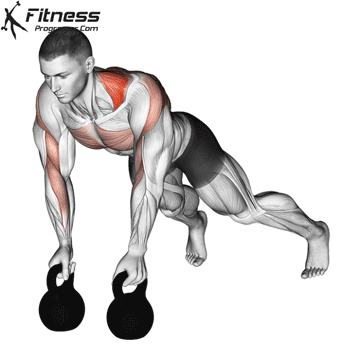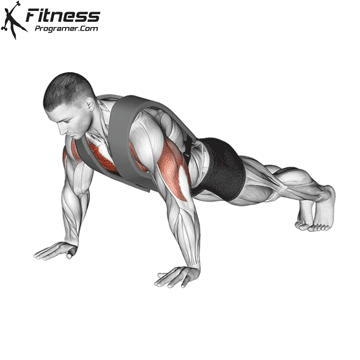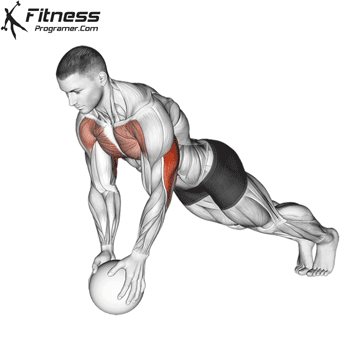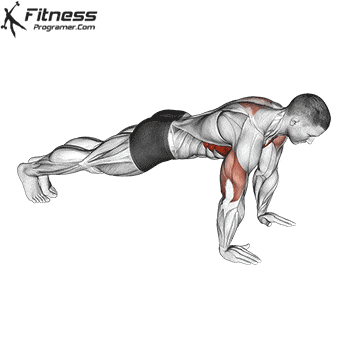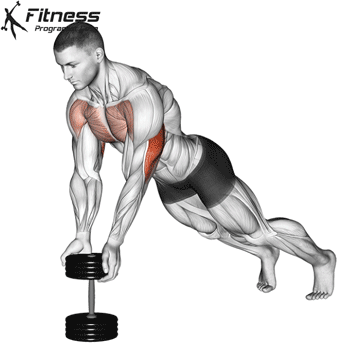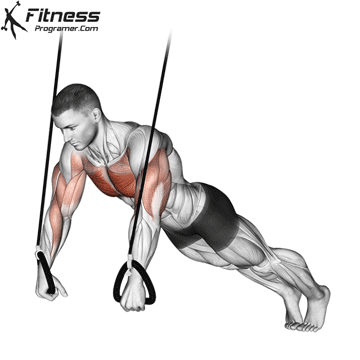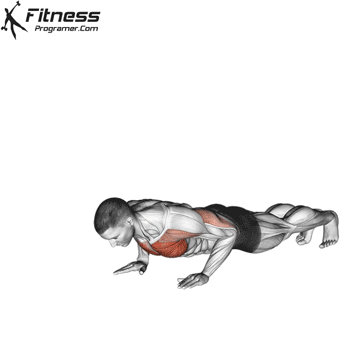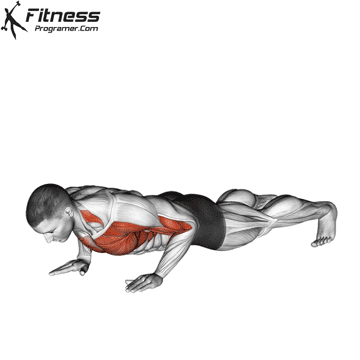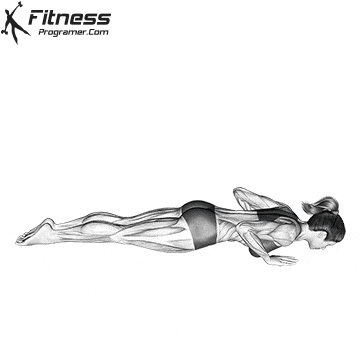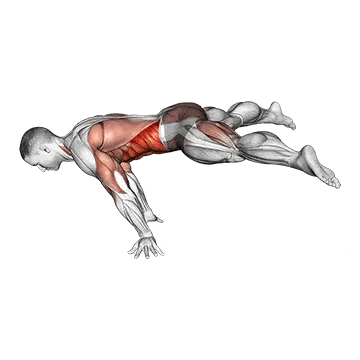Overview
The Single-Arm Push-Up on a Medicine Ball is an elite-level upper body strength exercise that demands full-body coordination, exceptional core stability, and unilateral pressing power. By placing one hand on a medicine ball and the other behind your back, you eliminate assistance and challenge the muscles through a longer range of motion with added instability.
How to Perform Single-Arm Push-Up on a Medicine Ball
To perform the Single-Arm Push-Up on a Medicine Ball correctly, follow these steps:
Place a firm medicine ball on the floor and kneel beside it. Use a non-slip, medium-to-large ball for support.
Position one hand directly on top of the ball, with fingers spread for grip and the wrist stacked under the shoulder.
Extend both legs back into a plank. Place your feet slightly wider than hip-width for balance.
Tuck your non-working arm behind your back, palm resting lightly on your lower back or opposite glute.
Lower your chest slowly, bending only the working arm. Keep your elbow tucked in and your body aligned from head to heel.
Push back up through the ball to return to the top position without letting your body rotate or twist.
Tips for Proper Form
Widen your stance: A broader base of support helps balance the load.
Engage your entire core: Prevents the torso from rotating or sagging.
Use a firm medicine ball: Soft or squishy balls increase instability and risk.
Lower under control: Avoid crashing down; slow, even descent builds strength.
Start with elevation if needed: Use an incline to reduce load during learning phases.
Common Mistakes
Hips twist or rotate: This signals loss of core control and compensatory movement.
Flaring the elbow out: Shifts stress to the shoulder and decreases triceps activation.
Inadequate depth: Not lowering fully limits muscular engagement and range.
Relying on momentum: Jerking or bouncing reduces control and increases injury risk.
Using a ball that’s too small: A tiny or unstable ball makes setup and execution unsafe.
Benefits of the Single-Arm Push-Up on a Medicine Ball
Builds unilateral upper body strength: This variation forces one arm to handle full bodyweight, strengthening the pressing chain.
Improves core anti-rotation control: You must resist twisting through the spine, which improves trunk stability and control.
Enhances shoulder and scapular stability: The instability of the ball increases activation in the rotator cuff and stabilizers.
Trains functional coordination: Combining elevation, single-arm load, and full-body control mimics real-world demands.
Increases training intensity with minimal equipment: One medicine ball is all you need for a high-difficulty push-up variation.
How to Incorporate Into Your Routine
Use this exercise sparingly due to its high intensity. Perform 2 to 4 sets of 3 to 6 reps per side, focusing on quality over quantity. It works well in advanced push-day programs, as a finisher, or as part of a skill-based upper body routine. Beginners should start with elevated surfaces or a standard one-arm push-up before transitioning to the medicine ball.
Muscles Worked
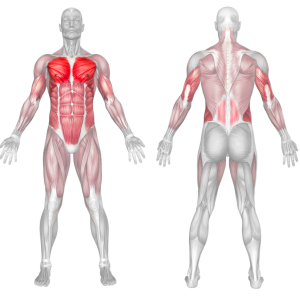
Other Push-up Variations
Push-ups can be modified and progressed to suit your fitness level. You can start with knee push-ups and work your way up to more challenging variations like diamond push-ups or one-arm push-ups.

